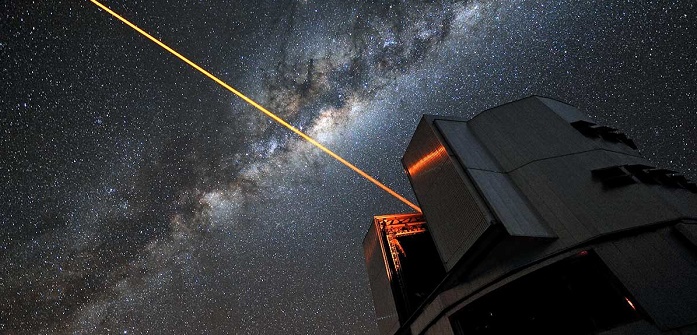Thousands of planets orbiting other stars have been discovered because they transit directly in front of their stars, blocking out a bit of starlight at regular intervals. NASA’s prolific Kepler space telescope used this technique from 2009 to 2013, and spotted worlds that could have the right conditions for life.
That’s good news if you think the inhabitants are friendly. But several high-profile scientists, including astrophysicist Stephen Hawking and SpaceX founder Elon Musk, have worried that our cosmic neighbours could be hostile – or at the very least, carelessly destructive.
“If you were feeling xenophobic and you were worried about encounters with other civilisations, based on, for example, human history of different civilisations clashing, you might choose to conceal your planet,” says David Kipping at Columbia University in New York.
Now, Kipping and his student Alex Teachey have come up with a scheme to cloak Earth from specific neighbouring worlds. From the perspective of a given star, the Earth only spends 10 hours per year crossing the face of the sun. If we fired a continuous 30 megawatt laser in certain wavelengths towards that star for those 10 hours, it would cancel out the dip our planet makes in the sun’s light.
“What’s kind of amazing is how little energy it takes,” Kipping says. If you could store up the energy used by 70 homes in a year, and release it all over the 10 hours, that would do the trick, at least in visible light.
Shield and beacon
Of course, there are other ways to detect a planet. If the aliens had already spotted us using a different technique, the cloak itself might give us away.
“I think that’s an argument against doing this,” says Seth Shostak at the SETI Institute in Mountain View, California. “It’s likely that if they have good astronomical instruments, they’ve already found the Earth.”
In that case, Kipping and Teachey suggest cloaking just the wavelengths of light associated with biosignatures, the molecules in our atmosphere that reveal the presence of life.
“That’s an extremely deceptive cloak – the planet looks like it’s there, but when they smell the atmosphere, it just doesn’t look like a tasty planet,” Kipping says. “It looks like a dead world.”
Of course, whether we want to hide from ET is a matter of opinion. Many astronomers – Shostak and Kipping included – would rather get into a conversation.
“If we know where they are, why don’t we just point our SETI antennas in their direction?” Shostak says.
The same lasers could deliberately warp the way Earth blocks starlight over time, acting as a beacon to let aliens know we’re here, Kipping says.
“I’m not too xenophobic, I’d be happy to broadcast. We’ve essentially already been broadcasting our presence over the last 50 years anyway,” Kipping says. “It makes sense to me that we might want to target specific interesting habitable planets and say, ‘Hey, we’re here!’ There’s no reason we couldn’t build that right now.”
If any aliens have had the same idea, the evidence might already be hiding in the data collected by Kepler.
“One of the things we’d like to do is look through the Kepler transits and look for these artificial signatures,” Kipping says. One of his other projects involves sifting through the Kepler data for signs of moons orbiting exoplanets, which also involves looking for nonstandard transit signals. It would be easy to modify that project to look for artificial transit signals as well.
“We’re hoping to do it with some support from SETI,” Kipping says. “We’re doing a preliminary investigation into getting that started.”
More about:
















































